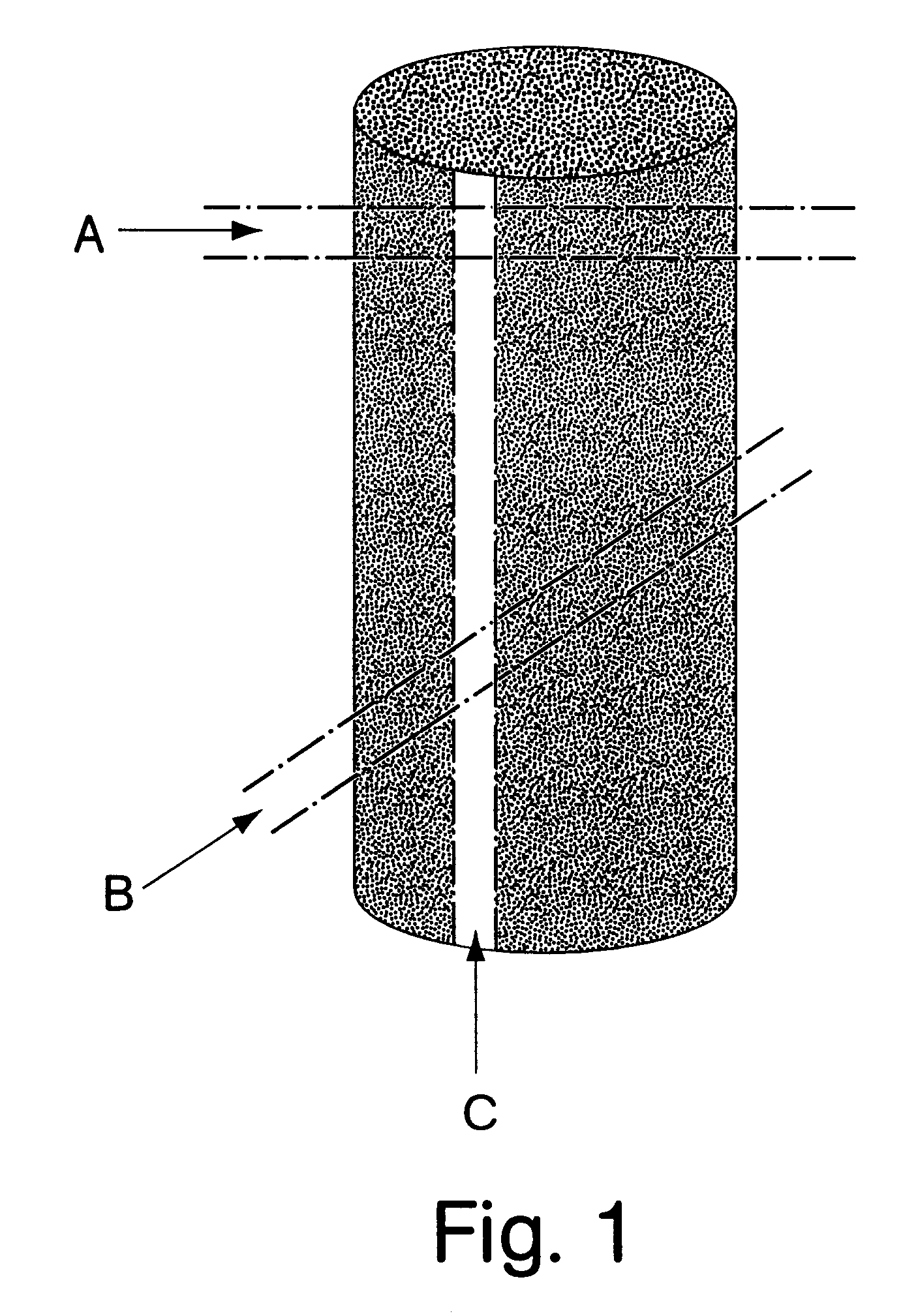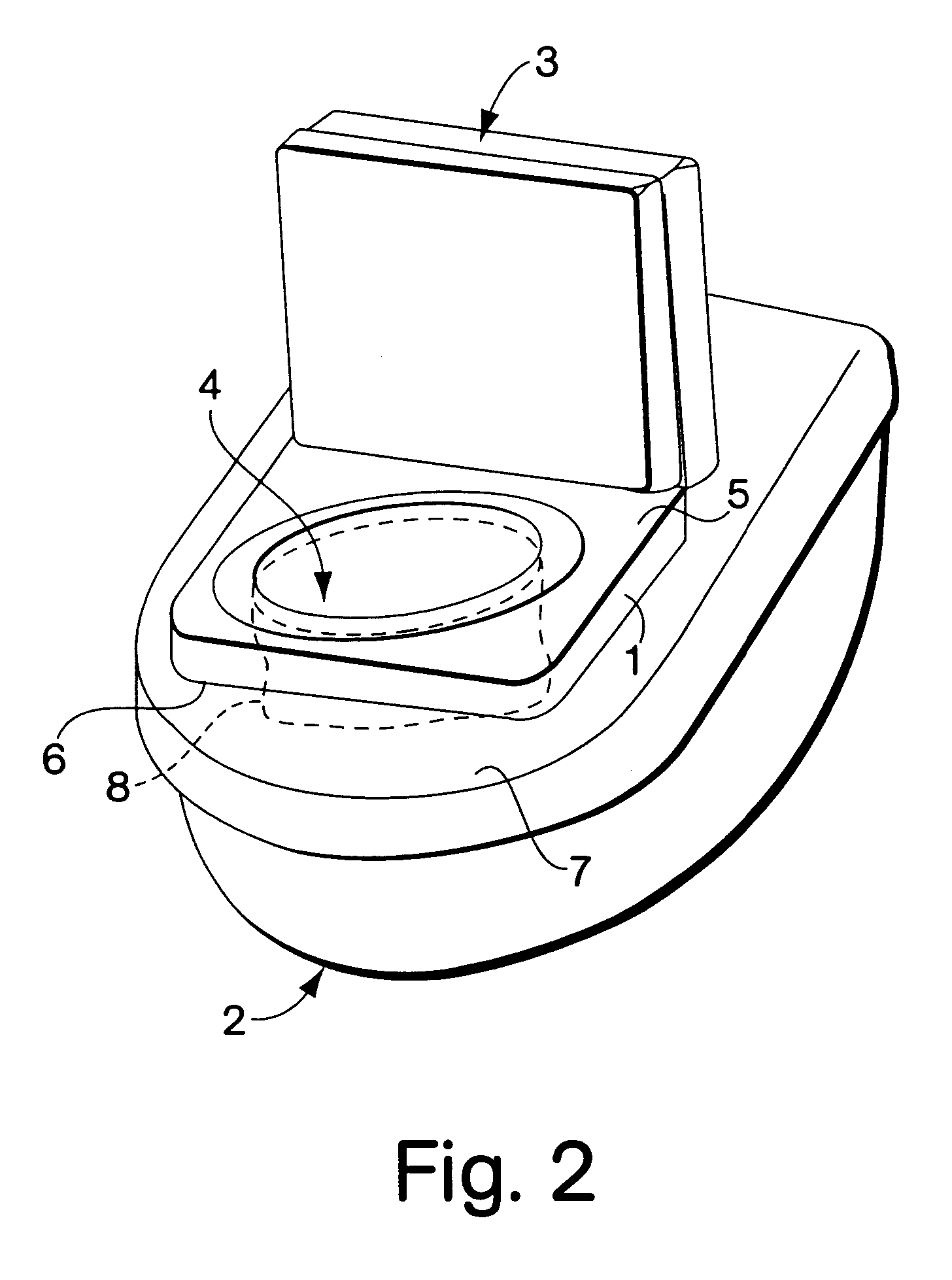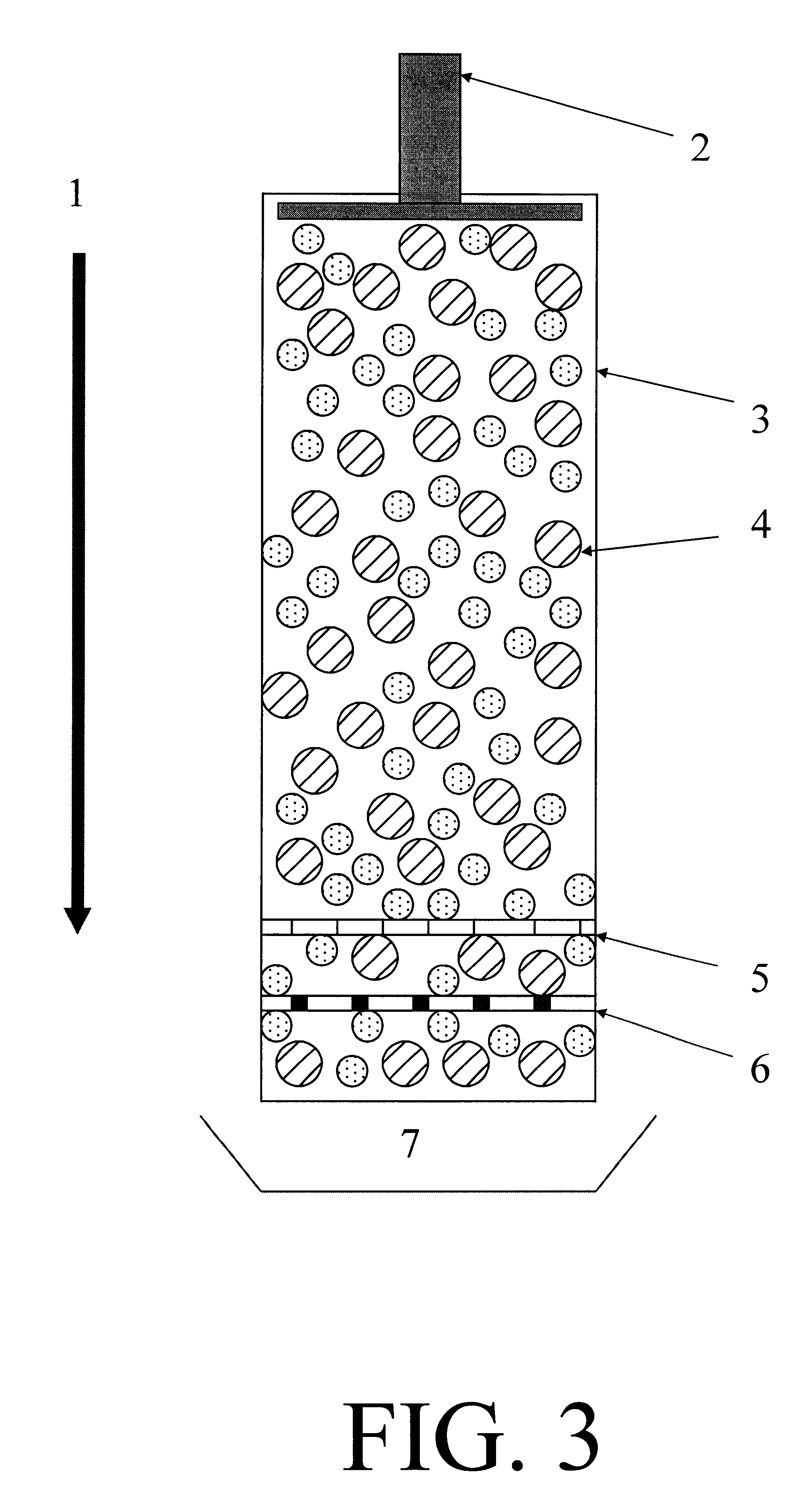Methods for disease diagnosis from stool samples
- Summary
- Abstract
- Description
- Claims
- Application Information
AI Technical Summary
Benefits of technology
Problems solved by technology
Method used
Image
Examples
example 2
Exemplary Enumerative methods for Detection of Colorectal Cancer or Precancer in stool samples
DNA characteristics associated with the presence of colorectal cancer or a precancerous lesion may be detected in stool samples prepared according to the invention, using, for example, the methods described in the following sections. A careful endoscopic examination preferably is performed on positive Individuals, followed by early surgical excision of any diseased tissue.
A. Reference-Target
Methods of the invention are used to prepare a stool sample followed by detection of a deletion or other mutation in the p53 tumor suppressor gene. The p53 gene is a good choice because a loss of heterozygosity in p53 is often associated with colorectal cancer. An mRNA sequence corresponding to the DNA coding region for p53 is reported as GenBank Accession No. M92424. At least a cross-section of a voided stool sample is obtained and prepared according to methods of the invention as described immediately ...
PUM
| Property | Measurement | Unit |
|---|---|---|
| Freezing point | aaaaa | aaaaa |
Abstract
Description
Claims
Application Information
 Login to View More
Login to View More - R&D
- Intellectual Property
- Life Sciences
- Materials
- Tech Scout
- Unparalleled Data Quality
- Higher Quality Content
- 60% Fewer Hallucinations
Browse by: Latest US Patents, China's latest patents, Technical Efficacy Thesaurus, Application Domain, Technology Topic, Popular Technical Reports.
© 2025 PatSnap. All rights reserved.Legal|Privacy policy|Modern Slavery Act Transparency Statement|Sitemap|About US| Contact US: help@patsnap.com



